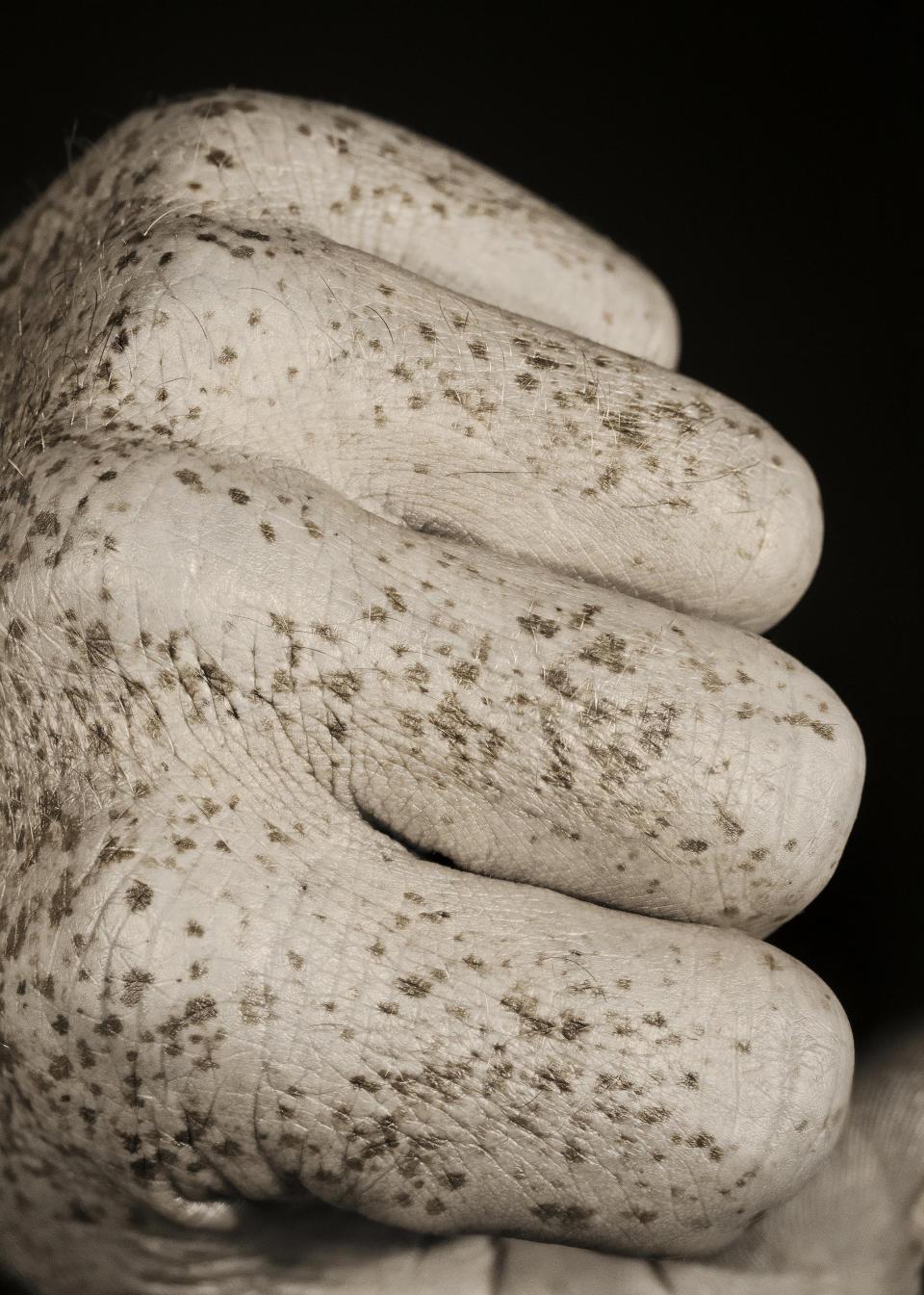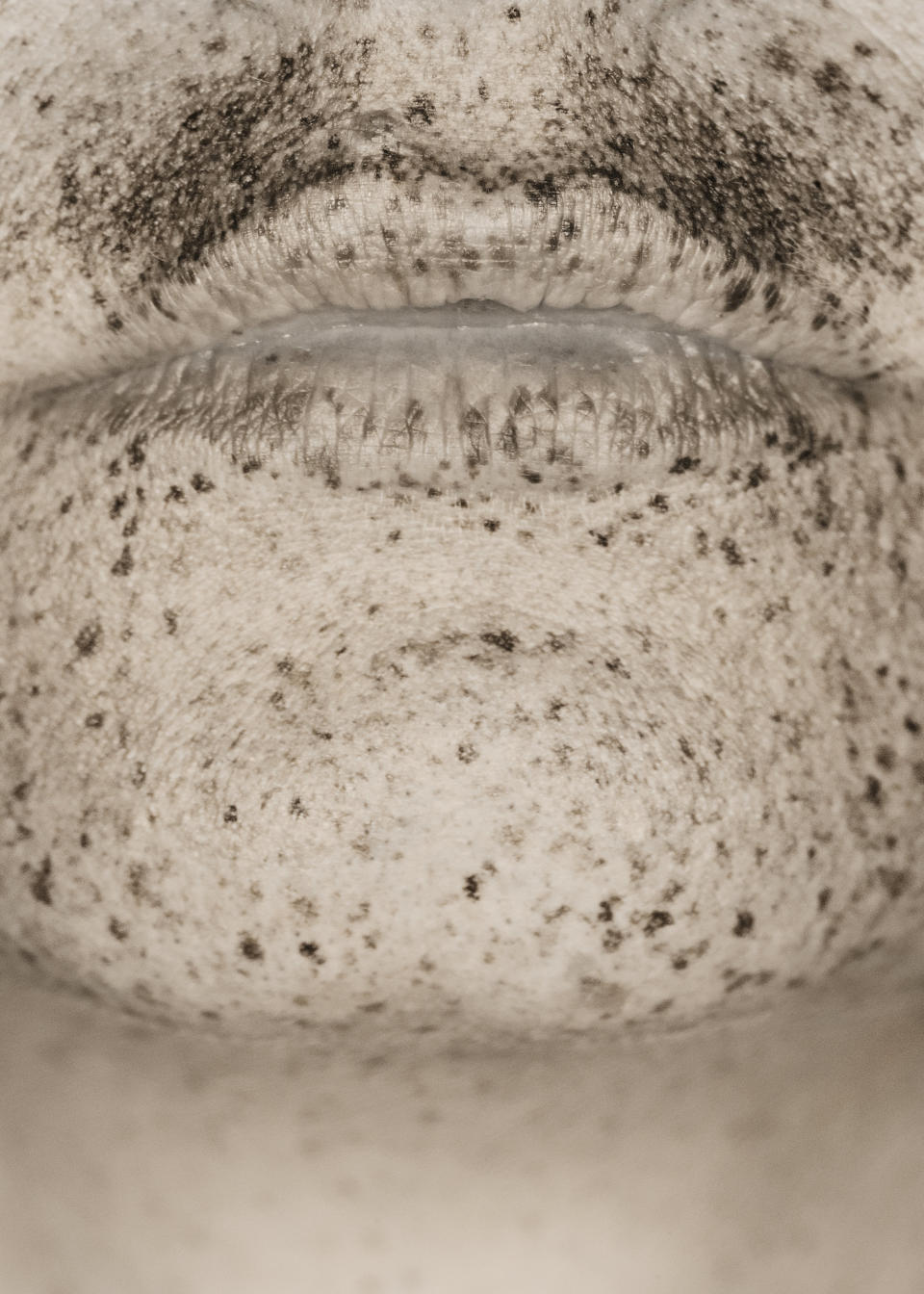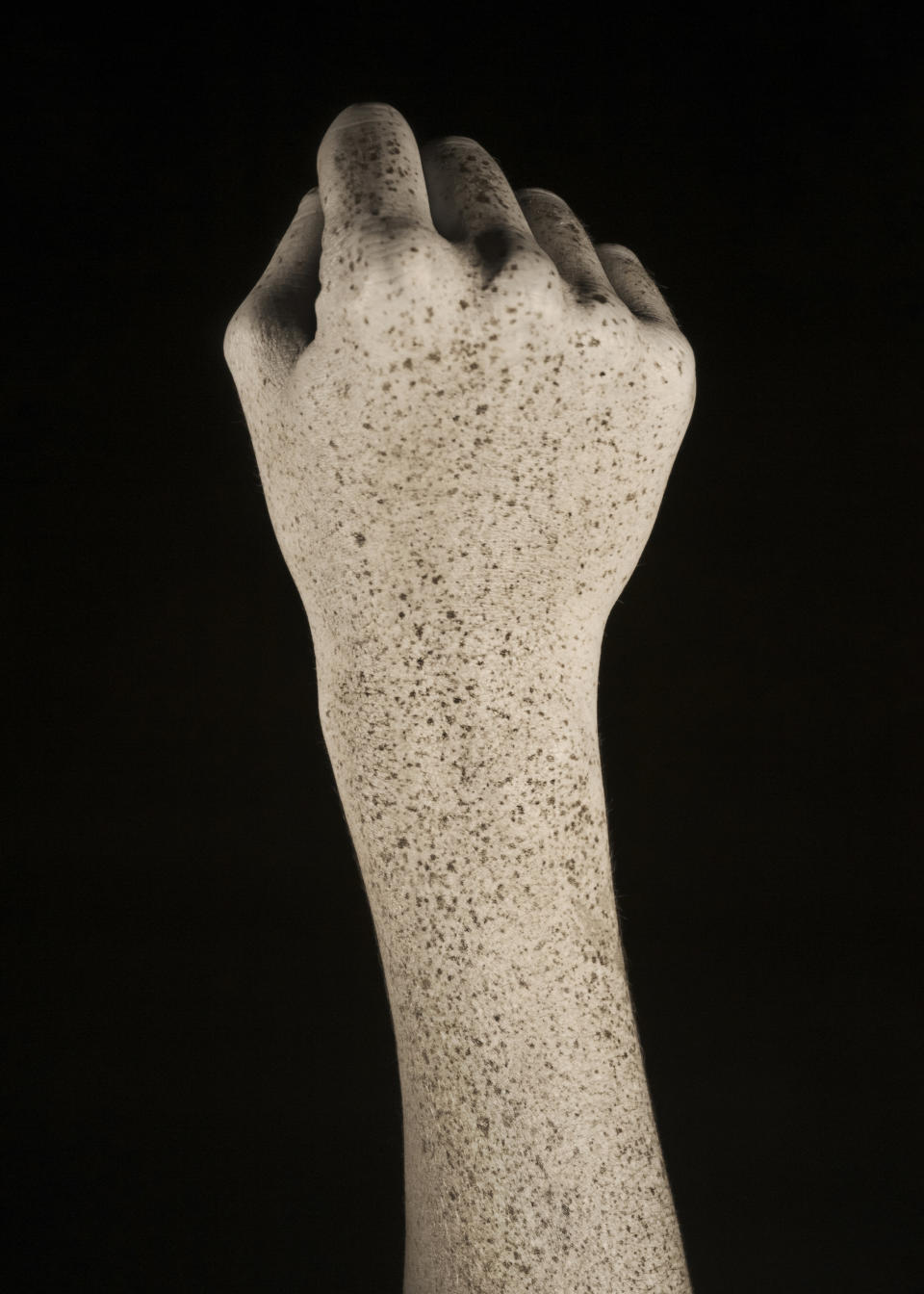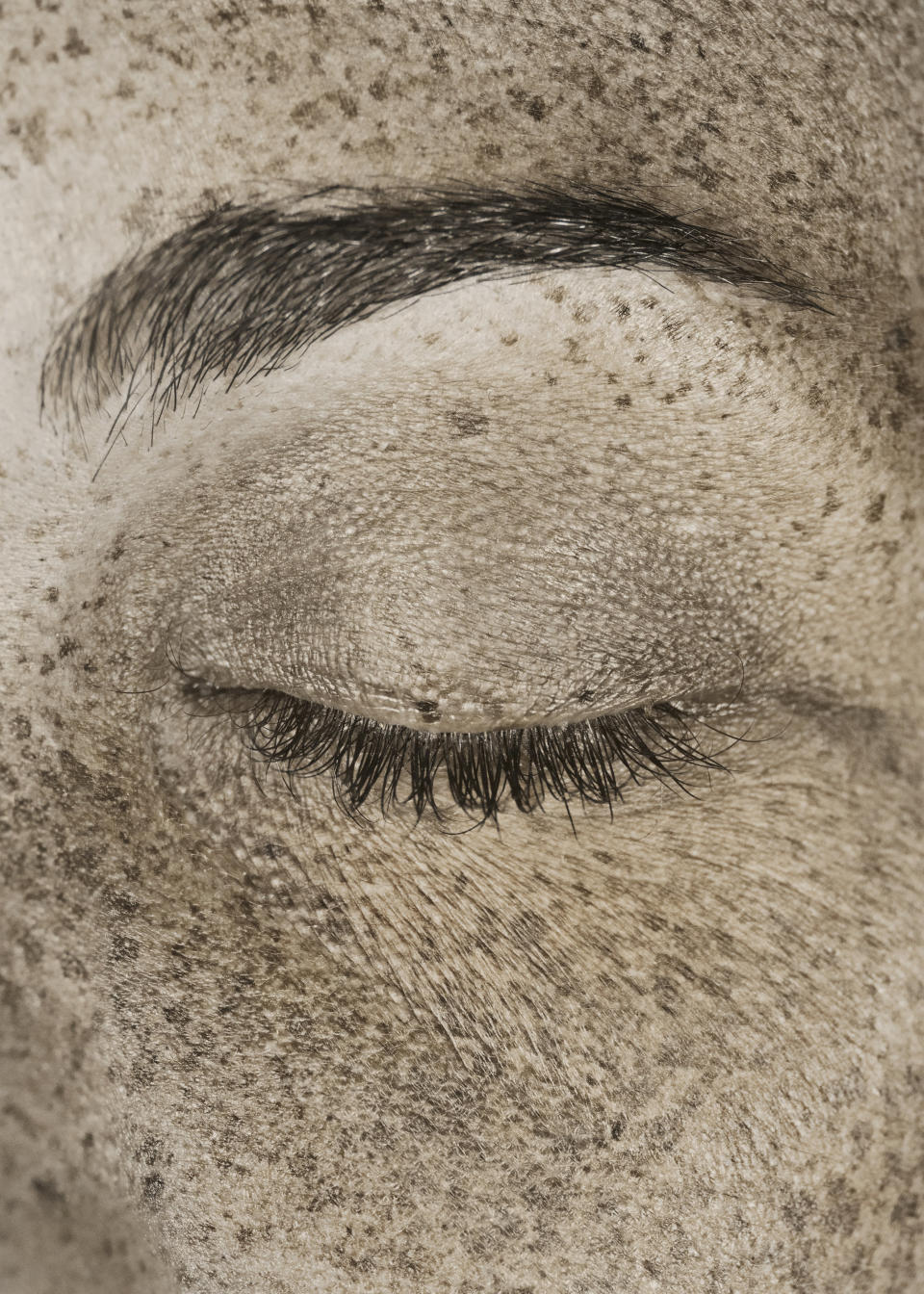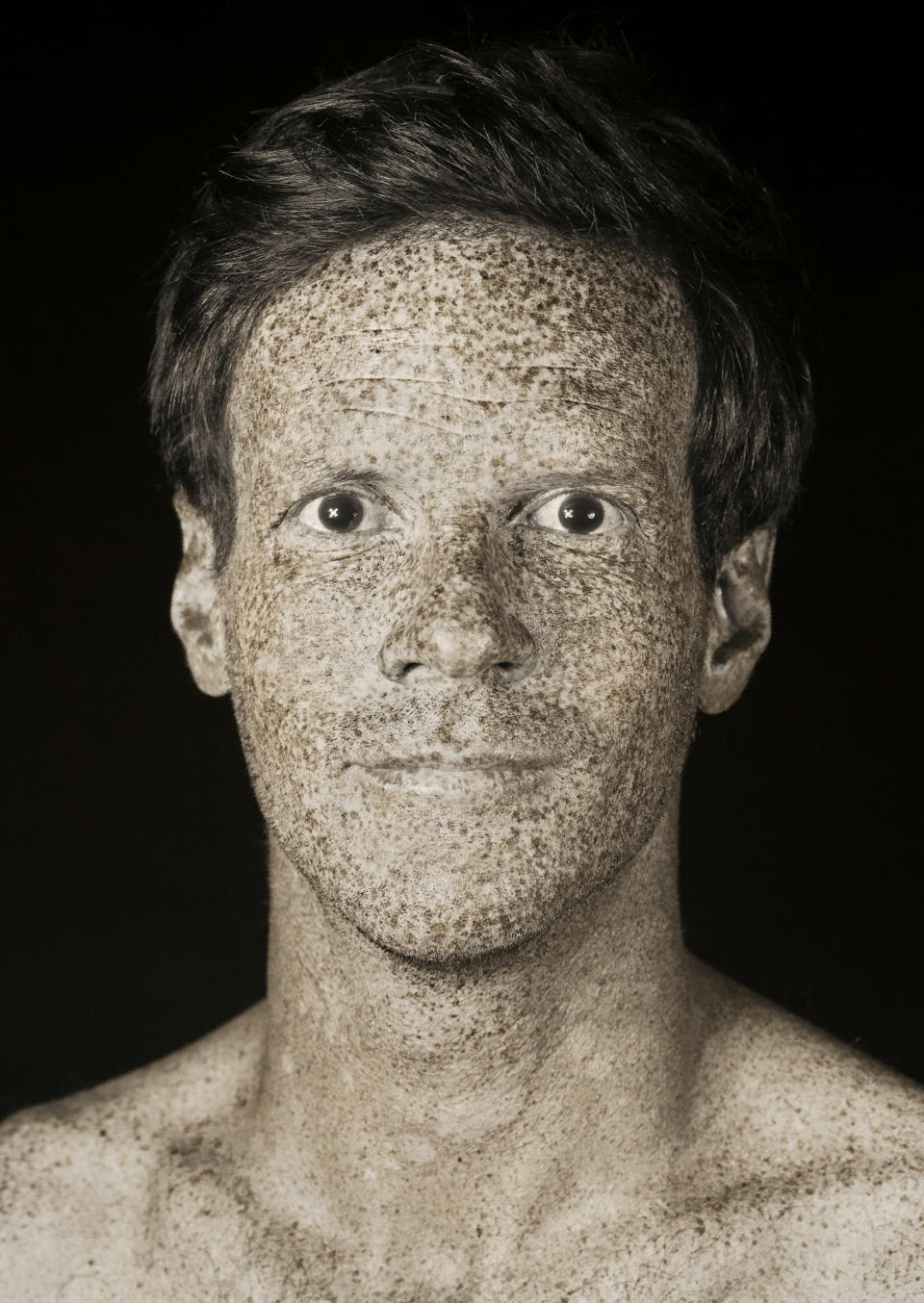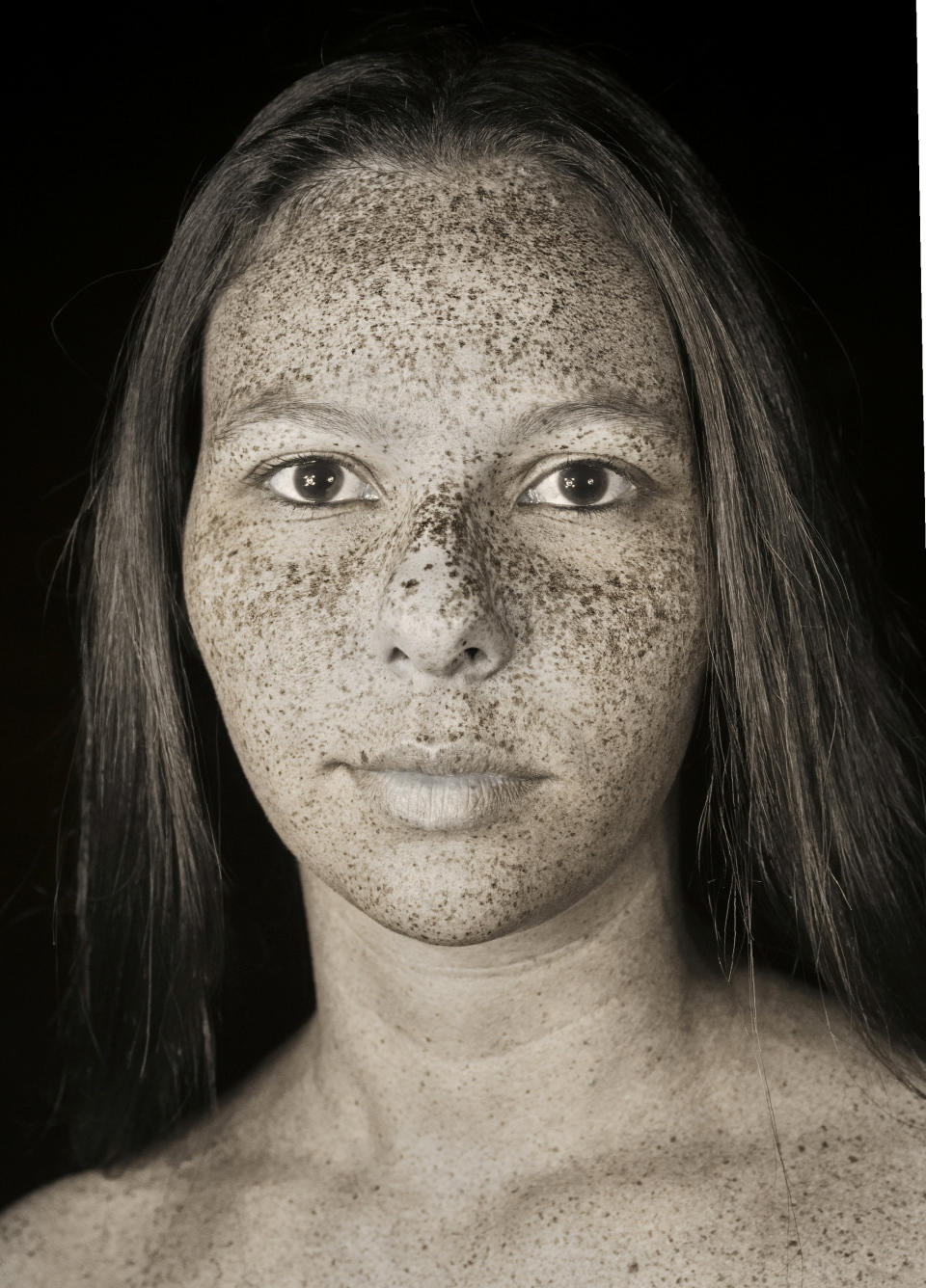Ultraviolet photos reveal how sun exposure damages our skin
Despite the possibility of developing skin cancer from UV exposure, slapping on the sunscreen can still feel like a chore. But there are other risks associated with sun exposure such as skin cancer and premature skin ageing.
The trouble is, it’s easy to ignore the dangers when you can’t actually see them. But a new photo series will give you the reminder you need to slather on the SPF.
In the series, called RAW, photographer Pierre-Louis Ferrer took ultraviolet, close-up portraits of 20 people to show the reality of sun damage invisible to the human eye. Shot with special camera equipment, the pictures show the marks and spots on the skin that are caused by UV light.
READ MORE: Can you ever reverse sun damage?
Commenting on the series, photographer Pierre-Louis Ferrer, 31, said: “Each model offers the viewer an intimate view of his own being, which he cannot even perceive by himself. This relationship of intimacy and trust is the opposite of our society where selfies and social networks project an idyllic vision of our lives.”
In effect, the series is showing us a more honest view of the human body, where sun damage isn’t masked by the glossy filters and covetable tans we often see on social media.
Ultraviolet light is the part of the electromagnetic spectrum with a wavelength below around 380 nanometres. The human eye can generally detect ‘visible light’ between wavelengths of 380 and 700 nanometres.
UV radiation can cause surface damage to the skin, resulting in freckles and sun spots.
However, special camera sensors can detect UV light that would otherwise be invisible to humans, and reveal the skin imperfections it causes.
READ MORE: What are the three types of skin cancer you should look for?
Scroll to see the photos.



